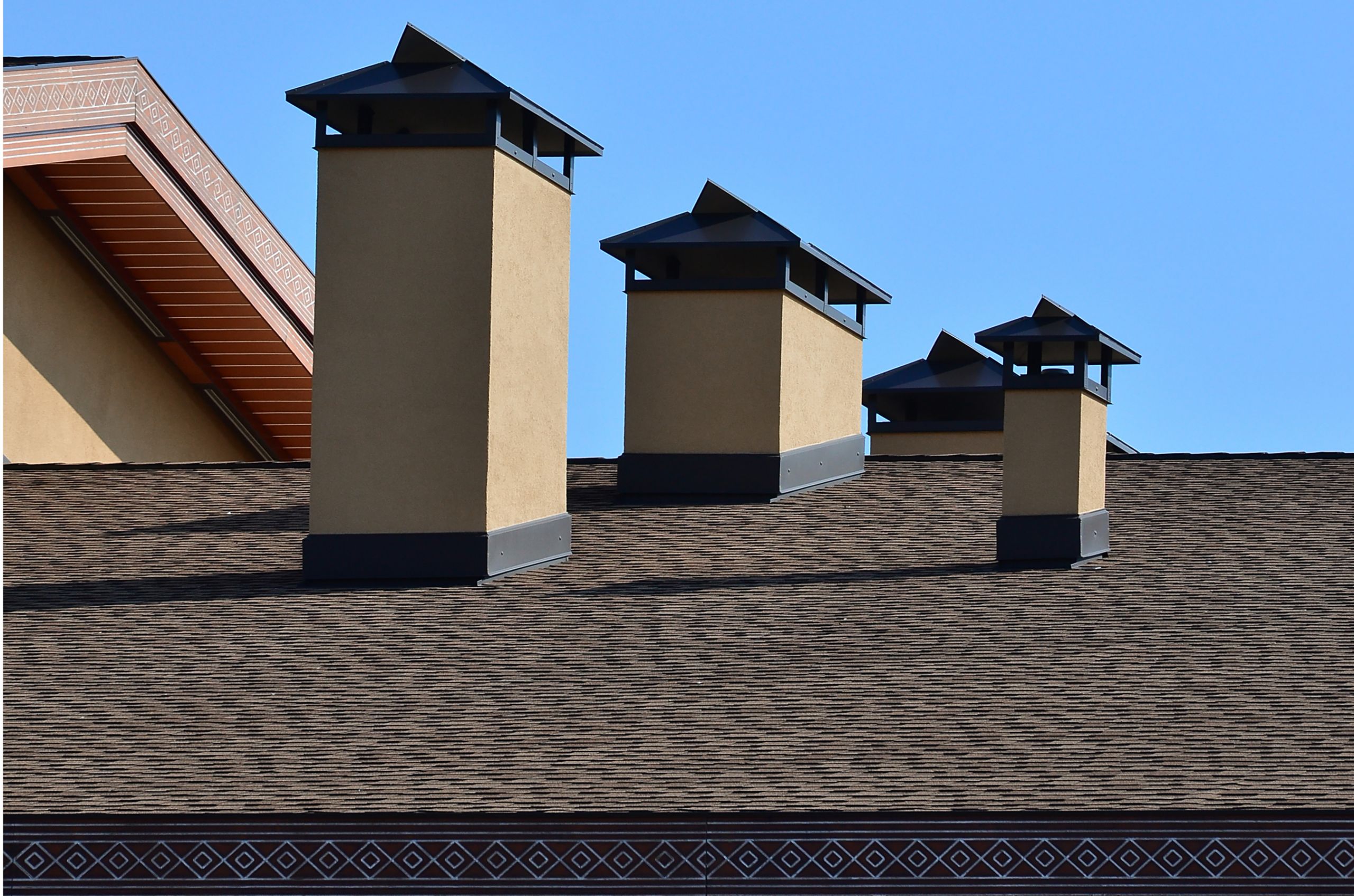
Choosing the Best Roofing Material for Your Home's Climate Oct 15, 2025
Firstly, identify your climate conditions. Homes in regions with high temperatures and minimal precipitation will have different needs compared to areas with heavy snow or frequent rainfall. Each roofing material offers unique advantages suited to specific environmental conditions.
For warm and arid climates, metal roofing might be the best choice. Known for its durability and high reflectance, metal roofing reflects sunlight, reducing heat absorption and ultimately lowering energy costs. Additionally, metal roofs are fire-resistant, which can be a crucial factor in fire-prone areas. While the initial investment might be higher, the long-term savings and lifespan make it an appealing option for homeowners looking for reliable roofing solutions.
Conversely, if you live in a region with frequent snowfall, asphalt shingles might be more suitable. Asphalt shingles are not only economical but also effective in shedding snow, preventing accumulation which can lead to structural stress. Moreover, their ease of installation and maintenance makes them a popular choice among homeowners seeking cost-effective yet efficient solutions.
In coastal areas known for high humidity and potential exposure to saltwater, like those found along both coasts of the United States, clay tiles or slate might be ideal. Clay tiles are particularly good at withstanding heavy rainfall and high humidity levels due to their natural resistance to moisture. Slate, although heavier, offers incredible durability and resistance to corrosion, which is beneficial in environments exposed to harsh weather elements.
For homes in regions with heavy rainfall or hurricanes, synthetic roofing materials, such as rubber or composite shingles, offer durability and resilience. Rubber shingles, in particular, are known for their water resistance and ability to withstand high winds, making them a solid investment for enduring storms and preventing leaks.
It's also vital to consider the ecological and energy efficiency aspects of your roofing material. For instance, living roofs or green roofs provide excellent insulation, reduce rainwater runoff, and contribute to biodiversity. However, they require more maintenance and a robust structural foundation to support the additional weight.
When selecting your roofing material, consulting with professionals like Top Level Roofing can simplify the decision. Our experts can offer insights into the most appropriate materials for your climate, budget, and architectural style. We believe in providing personalized solutions that meet the unique needs of each homeowner.
In conclusion, choosing the best roofing material for your home’s climate can significantly affect your home's aesthetic, energy consumption, and structural integrity. By considering local environmental factors and consulting industry professionals, you can make an informed decision that will protect and enhance the value of your home for years to come. Whether it's resistance to weather extremes or energy efficiency, the right roof serves as more than just shelter—it integrates functionality with sustainable living.
/filters:no_upscale()/filters:format(webp)/media/c7c79a14-e408-4a9c-9ed6-b13532405a65.jpeg)
/filters:no_upscale()/filters:format(webp)/media/374fa593-79bd-4249-884e-4f4d9e789544.png)